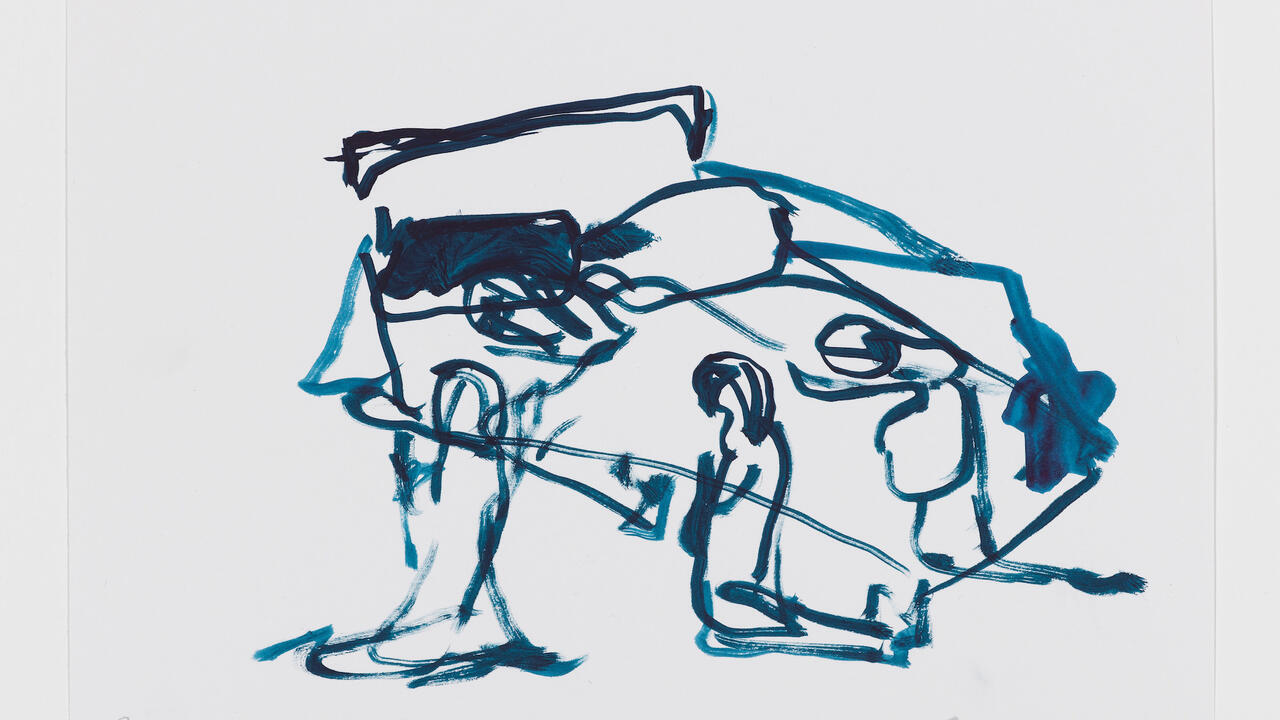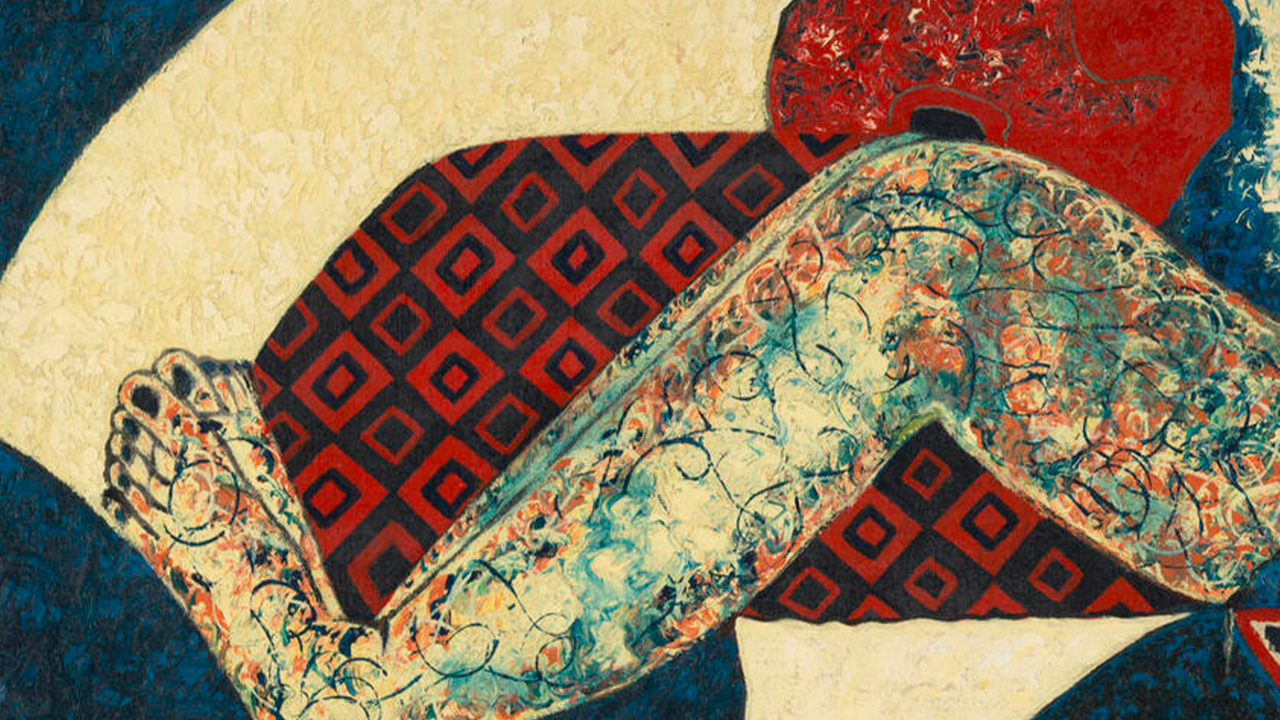Minky Manky
South London Gallery, London, UK
South London Gallery, London, UK
It is 2010 and the Tate Gallery supported by Hyundai® is re-hanging its permanent collection. In the newly renovated Asil Nadir wing, the collection of British art from the 1990s goes on show for the first time since its acquisition. What might such a display look like given the conservative mandate and tortuous bureaucracy of such an institution? Oddly, 'Minky Manky' offers a surprisingly plausible premonition of this scenario. The space certainly looks the part: the South London Gallery shares the same high-ceilinged, top-lit space as its more illustrious cousin and the parquet flooring and plasterwork detailing, painted-out in embarrassment at not being modern enough, further add to the bizarre feeling of having just walked into a serious institutional space.
The selection of exhibits looks the part too, initially appearing more as the product of contingency than curation; a curious combination of modest, formative work and late 'examples' of the artists' oeuvre, while managing to miss out most of the really exciting stuff in-between (in the way that institutions tend to do). Damien Hirst's Collage from the Mr Barnes Period (1986), for example, means nothing on its own; it's just a vaguely Schwitters-like assemblage of found materials that could seen in a hundred art schools up and down the country. The far more interesting story of Mr Barnes, his house and Hirst's discovery thereof (as described in the catalogue) relegates the work itself to the status of an art-historical curio. Equally, Mat Collishaw's Leopard Skin Lilly (1995), a one-liner about the natural, the artificial and the way consumerism constantly pushes for the novel, seems curiously misplaced in its choice of subject matter as the genetic manipulation of plants is one of the oldest known forms of human intervention with 'nature'. Maybe it is just an excuse to make nice big pictures of flowers, but you need a better photo-retoucher to do that.
Odd-men-out, as usual, Gilbert and George rabbit on at tedious length in the catalogue interview about the accessibility of their current work to the 'young person'. Fortunately, curator Carl Freedman knew better and included work from the mid-’70s, when they still had something worthwhile to say. But their inclusion marks what must be perceived as an attempt to ground current preoccupations with the everyday firmly in their arena. Similarly anachronistic, Critical Decor's work looks like it has been hung in the wrong room by mistake and really belongs with other socially-aware-conceptual-artists-you-don't-want-to-have-to-talk-to-at-opening-parties, like Stephen Willats.
One of the few pieces that actually looks like it has come from a life that is not wholly concerned with being a professional artist is Tracey Emin's Everyone I Have Ever Slept With 1963-1995 (1995). This piece, perhaps Emin's most resolved work to date, comprises a tent whose interior is plastered with the names of all those the artist has slept with - in every sense - and is far less voyeuristic than earlier, more directly autobiographical work. The object itself and, more evocatively, its peculiar musty smell, bring out a thousand childhood and adolescent memories of travel, holidays, private spaces and intense experience in a way that allows the viewer's own memory to mingle with the artist's rather than be overwhelmed by it.
Ultimately, it seems pointless to talk about individual works in such an exhibition when, as a whole, the show is more about a particular group of people from a particular time. Freedman was co-organizer of a series of exhibitions at London's Building One - 'Modern Medicine', 'Gambler' and 'Market' - that showcased the work of Hirst and his contemporaries of the 'Freeze' generation. That was five years ago and inevitably 'Minky Manky' will be seen as a five-years-on cum where-are they-now? statement. In this sense, the show is as much about who is included as what they are represented by. What is made startlingly clear is how far the debate has moved on and its references shifted in such a short time; how so much work from the recent past - and present - can seem so thoroughly... institutionalised. The most revealing quality of 'Minky Manky' is seeing who can accept growing older and still retain an element of surprise and engagement with their work.






















